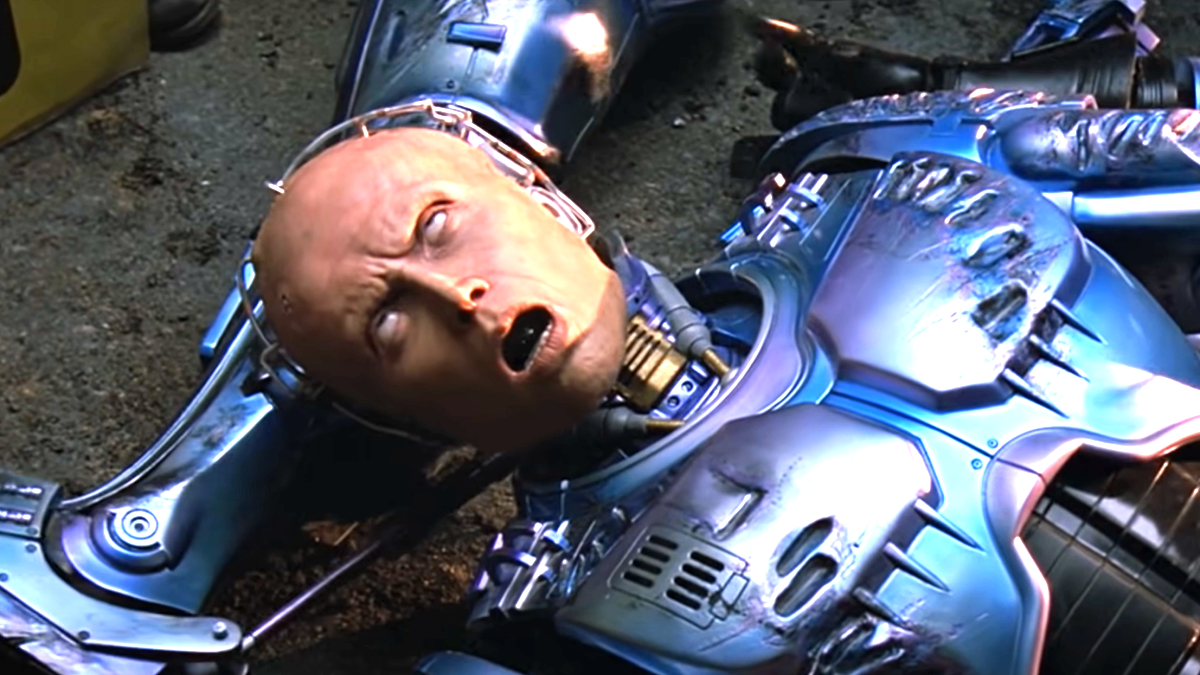Love them or hate them, the folks at Omni Consumer Products don’t have an ounce of quit in ‘em. They don’t quit when their Frankensteinian creations turn on them and pump them full of bullets in the boardroom. They don’t quit when they try to make new Frankensteinian creations that wake up, wail horribly, and immediately die. And they certainly don’t quit when their other Frankensteinian creations show up in the boardroom a couple of months after the first time this happened and shoot some more of them.
Vigilance. Perseverance. An almost diabolical willingness to chop a guy’s arm off. These are the values that make dreams come true, and that lead to OCP’s creation of RoboCop, the future of law enforcement. Sure, there were missteps along the way, but that’s just omelets and eggs. Here, we’ll take a look at some of the company’s more breakable cyborg eggs, and the cyborg omelets that they went into making once their screams died down.
RC-2000
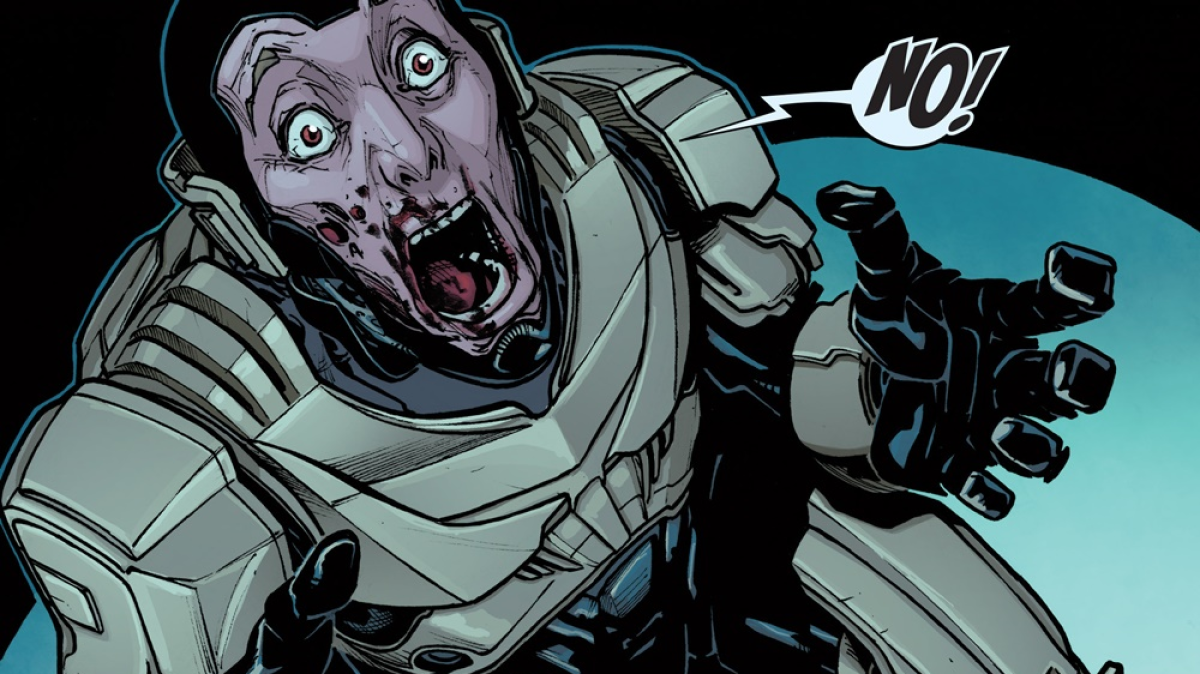
If there’s no violently obscure extended universe prequel material, does it even count as sci-fi? We put it to you that no, it doesn’t.
The 2014 RoboCop reboot was certainly ambitious. Where the first film stood, at least initially, as a monolithic column of weirdness, the modern reimagining had “franchise” engraved across its Mass Effect-cosplay-looking obsidian chitlin body armor. The world building happened hard and fast, like a McMansion development made out of exposition.
And part of that exposition was Robocop: Beta, the Boom! Studios preface to the reboot in which OCP dips their toe in the cyborg development water for what’s presumably the first time. The single-issue story follows Joshua Duncan, a US Army soldier who’s killed in combat, then resurrected through the combined powers of cutting-edge science, lots of money, and the willingness to replace a guy’s intestines with a Lego Mindstorms kit.
The good news: The RC-2000 prototype looked totally rad, strutting around Iran in deeply threatening shades of khaki and enforcing quasi-fascist rule of law. The bad news: Duncan was haunted by the half-remembered murders of innocent civilians, eventually learning that he had been the one who had pulled the trigger. The guilt proved too much for him, and he waved a gun at a military-issue ED-209 unit until it plugged him full of holes, committing the world’s first case of suicide by RoboCop.
RoboCop

Across every iteration of RoboCop, there has always been – and I feel confident saying this – a RoboCop. The details vary, but the broad strokes are as follows:
Officer Alex Murphy is a good, honest cop – the kind that the city of Detroit badly needs. Unfortunately, he’s also pretty bad at a few things, like checking his corners during an armed pursuit (1987) and not getting blown up in a car bombing (2014). Wherever he falters in the various multiverses, he generally winds up with his vaguely-still-alive carcass in the hands of OCP, who use his remaining meaty bits as the foundation for a cyborg crime fighting juggernaut. More machine than man, but still very much all cop, Murphy becomes “the future of law enforcement,” armed with a factory-fresh armored body, pneumatic grip, a built-in body cam, and a gun-dispensing sciatic nerve.
What follows is generally a series of adventures, ending in the promise that change has occurred and followed by a sequel where no, it hasn’t. Sometimes Murphy reclaims his memories, even a hint of human emotion. By the time the next entry in the series rolls around, he’s back to being a Speak and Spell that’ll kill your weed dealer. Also, one time he was Colonel Sanders, because everything that can exist must exist and there are no bad ideas.
This poor schmuck
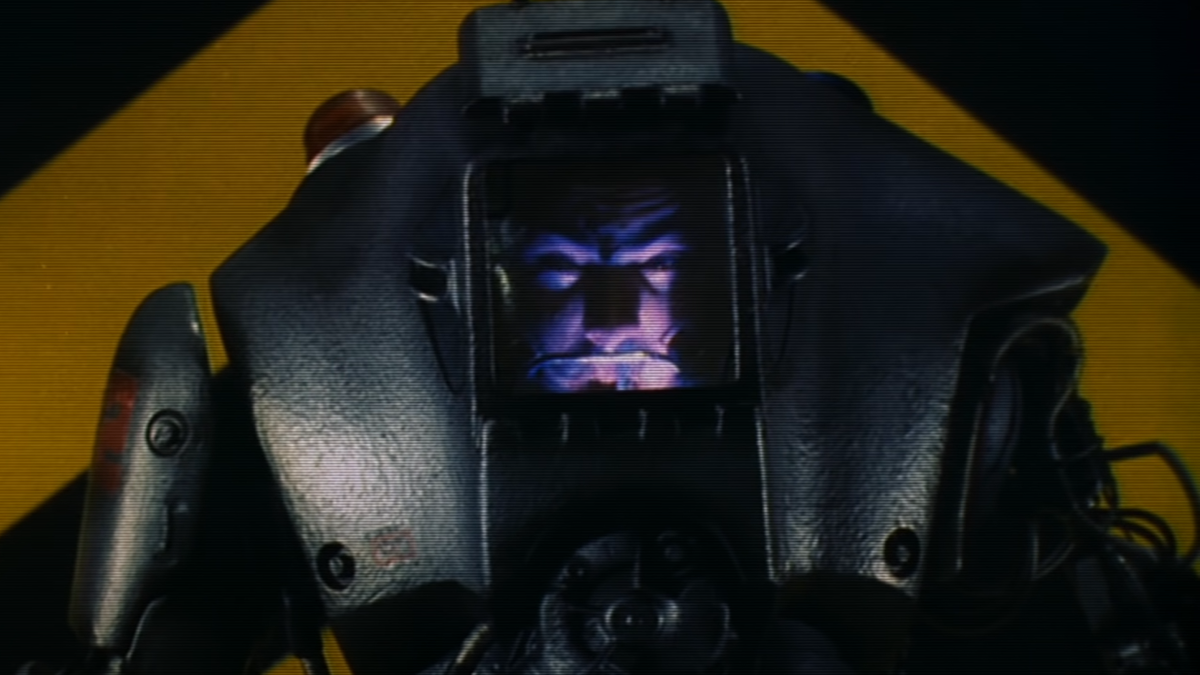
RoboCop 2 offers a simple but poignant question: “What should we do with RoboCop 2?” In practice, that quandary comes to life through the in-universe creation of fresh new models of RoboCops. They are, each and every one of them, cuckoo bananas and creepy as heck.
Strike one: This guy, who makes a stunning debut before opening fire on two scientists, turning the gun on himself, and then firing up the old shoulder-mounted cherries and berries as a graceful, balletic finishing stroke. Unnamed RoboCop prototype, we hardly knew thee.
This other sorry son of a gun
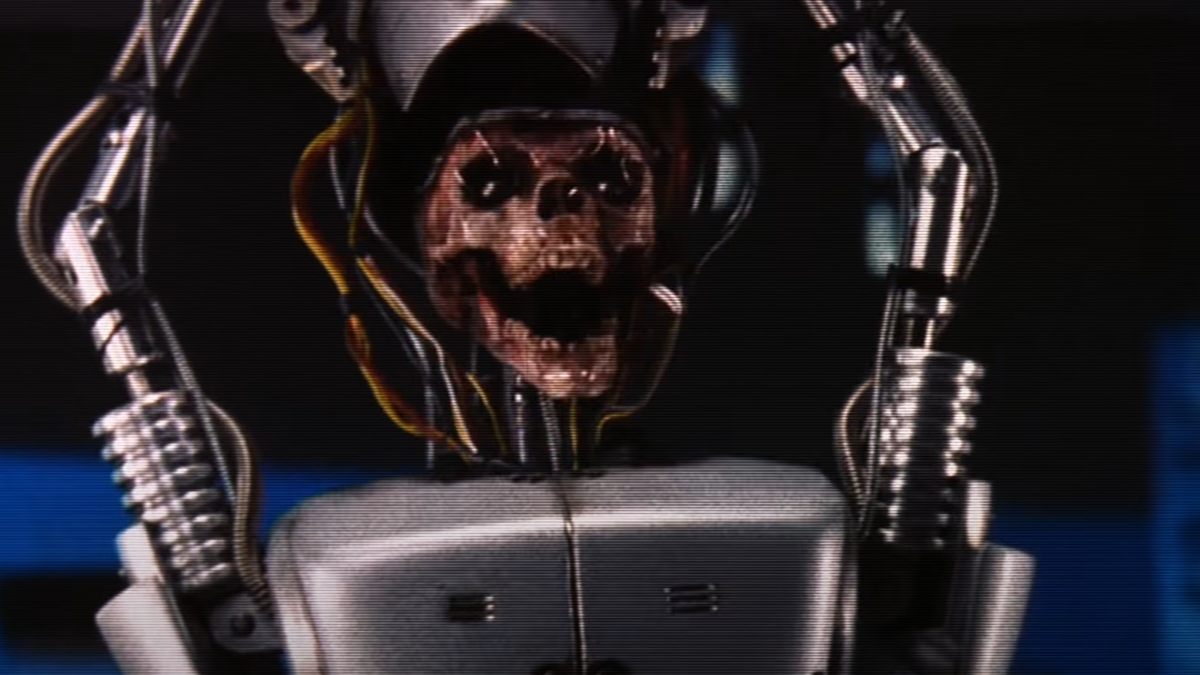
That last unnamed RoboCop prototype wasn’t the only unnamed RoboCop prototype that haunted the dreams of any kid that snuck into the theater to see RoboCop 2 in 1990. There was also this guy, who stepped into frame, tore his helmet off to reveal his exposed, screaming skull underneath, then collapsed. Same here, other-unnamed-RoboCop-guy. Same here.
It’s worth noting that Phil Tippet’s team of animators designed these body horror nightmare machines with the specific goal of imagining the worst possible bodies that a person could inhabit. Considering that they’re one of the only parts of RoboCop 2 that you probably remember, it’s fair to say that they pulled it off, just the same way that what’s-his-name here pulled his head off his head.
RoboCop 2
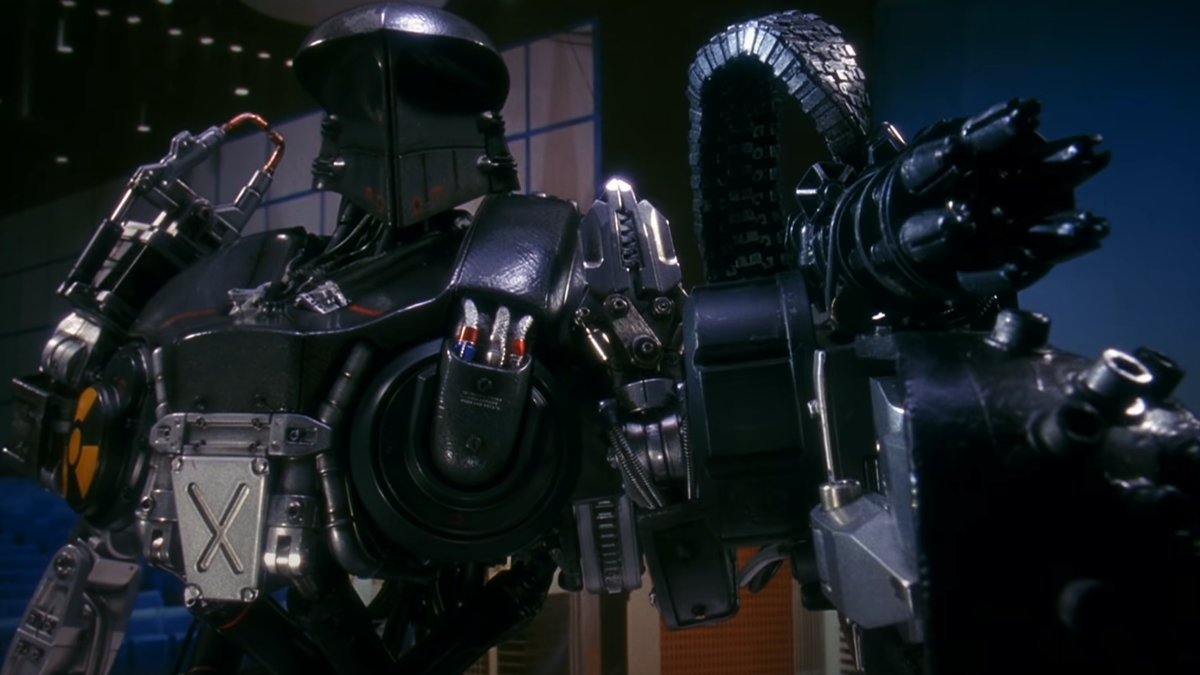
“If at first your cyborg police officers die screaming in violent fits of self-termination, try, try again.” After five months, $19 billion, and multiple failed attempts at bringing a fresh new Robo to market, the higher-ups at OCP sure think they’ve struck gold with RoboCop 2.
Hoping to create a cyborg that’ll be more easily controlled, the brain trust at Omni Consumer Products sticks the head of Cain, a homicidal drug dealer, into their hot new robo-body.
The idea is that the company will be able to entice the new guy with the promise of delicious drugs, a plan with more holes in it than Officer Alex Murphy. RoboCop 2 goes predictably unhinged, leading to a climactic battle between him and his predecessor. After being distracted by the promise of drugs in a scene that was really just missing Detective Lewis asking if the living tank wants a Scooby Snack, RoboCop 2 gets torn open like a bag of Malt-o-Meal, and RoboCop squishes his brain. That he doesn’t get in a “this is your brain on drugs” one liner is the entire reason that D.A.R.E. failed.
McNamara
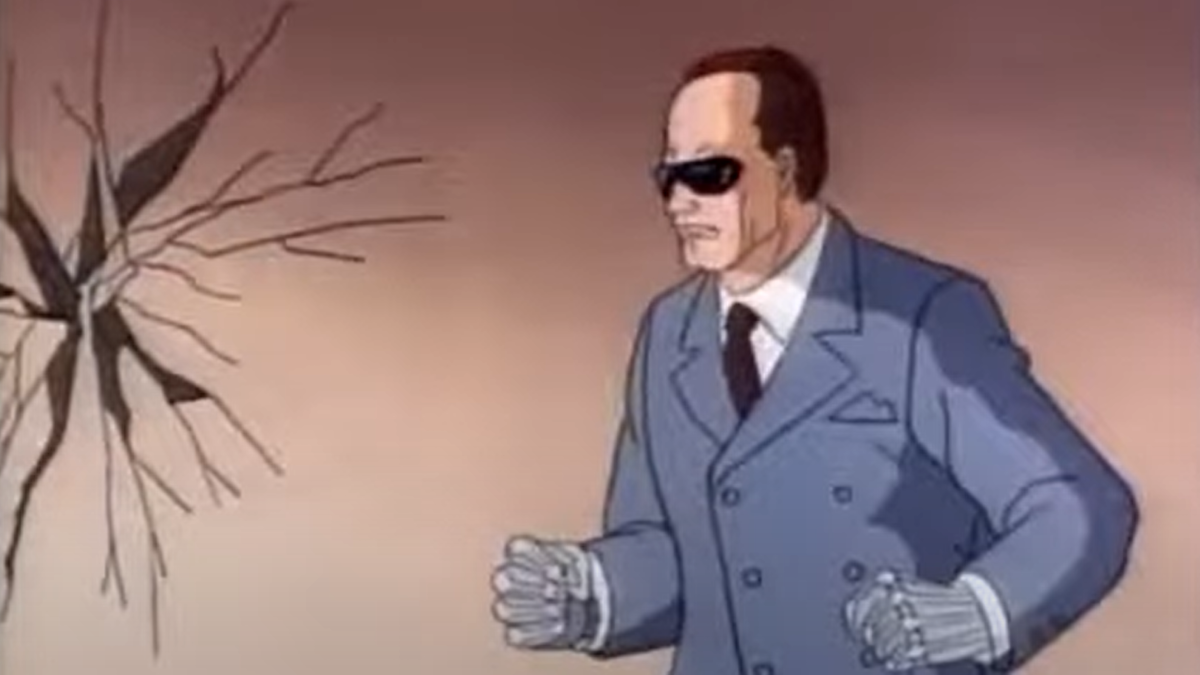
In a simpler, more beautiful time, every sufficiently recognizable IP that hit theaters could pretty well be guaranteed a Saturday morning cartoon. Rambo, Little Shop of Horrors, The Toxic Avenger – no franchise was too obviously ill-suited for children’s entertainment to keep DIC and their contemporaries from cashing a check.
And that’s how we got RoboCop, the 1988 animated series that lasted 12 whole episodes before anyone thought better of it. The Cobra to RoboCop’s G.I. Joe was Doctor McNamara, an OCP scientist with an awful lot of skin in ED development. With a pair of wall-punchingly cybernetic arms and the perpetual sunglasses of a cartoon villain that you just know had crazy red light-up eyes underneath, McNamara was, if nothing else, a weird choice for a villain who hates cyborgs. Whatever, the action figure was dope.
Diana Powers

It’s not hard to imagine what the conversations leading up to 1994’s live-action RoboCop series must have sounded like. Nervous executives, still coming down from everything they’d inhaled the decade prior, would have had notes. Could the violence be toned down? Could the Detroit of the future look suspiciously like the Toronto of the present? Most importantly, why didn’t RoboCop have a lady friend? A Robo girl to pal around town with, with skimpy outfits and a thousand-watt smile and gams and what not?
Enter Diana Powers, the perfect marriage of Michelle Pfeiffer’s Catwoman and Al from Quantum Leap. After embarrassing herself by falling down at work, this OCP executive assistant jumped to the front of the line of unwilling brain donors. Her innocent young mind was supposed to be wiped in order to better serve as the processing core of a new city-wide A.I., but her personality was saved by RoboCop just in the nick of time. As a result, Diana’s brain was wired into the city, allowing her to appear anywhere and exposite anything. Like most stuff from the RoboCop TV series, she never made it out of the RoboCop TV series.
RoboCable
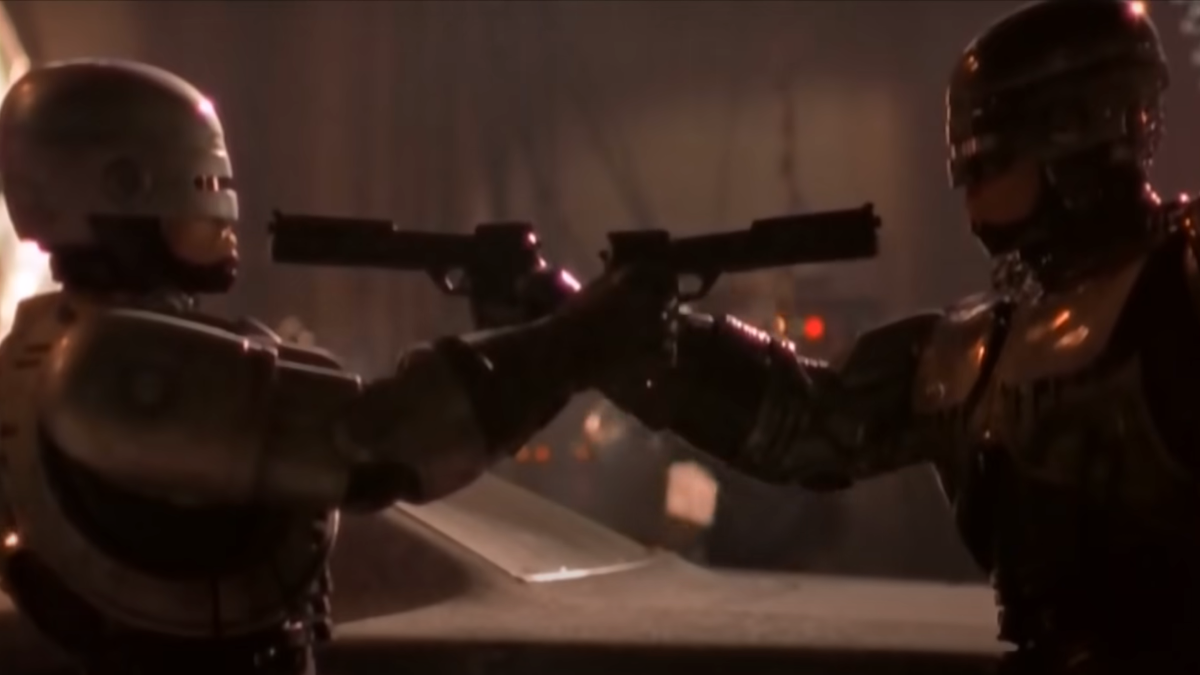
Asking and answering the question “What if RoboCop was cheaper, more Canadian, and couldn’t use most of the franchise’s recognizable iconography due to complicated rights disputes?” RoboCop: Prime Directives was a four-part miniseries which aired in 2001. The star player: John T. Cable, RoboCop’s former partner, who finds himself at the business end of a RoboCop-making machine after getting gunned down by RoboCop.
And that’s how we got RoboCable, the palette-swapped RoboCop with one goal: Kill RoboCop. A couple of character arcs later, he has a new goal: Die in a noble act of self sacrifice, saving the world from a Machiavellian computer program with a bad case of the Skynets. Not long after that, he has an even newer goal: Never show up in the franchise again. All told? Two out of three ain’t bad.

